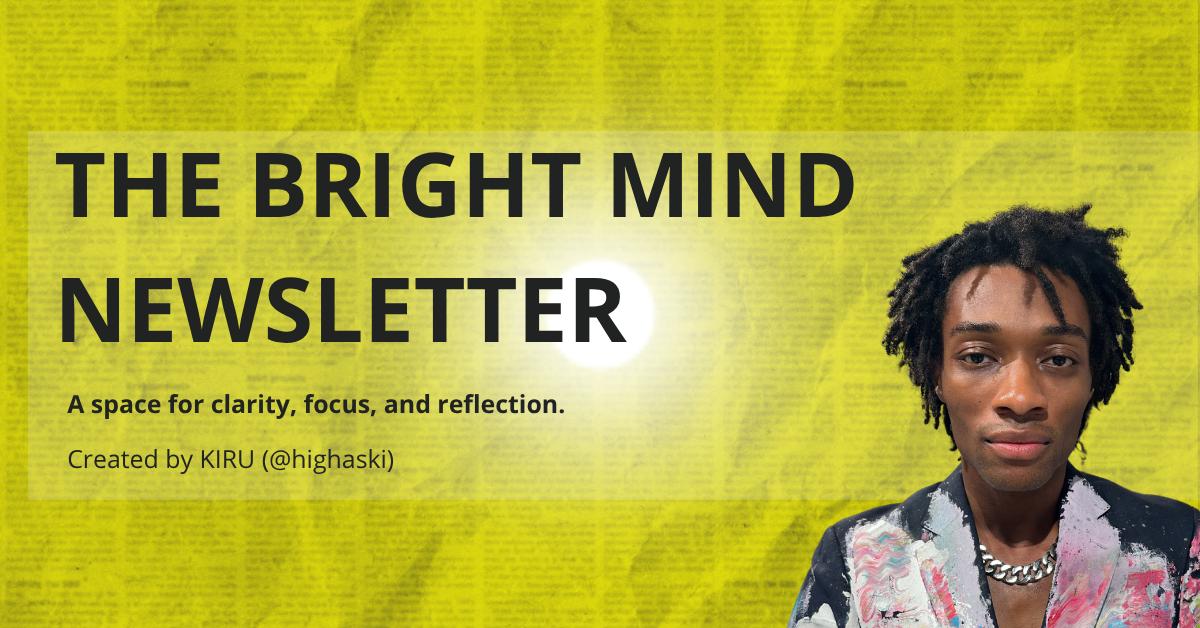Hypertension Explained: A Deep Dive into Symptoms, Treatments, and Healthy Living
An in-depth look at the causes, risks, and modern treatments that can help you effectively control your blood pressure and thrive.
The Silent Pressure: Understanding and Thriving with Hypertension
In the quiet, unseen corridors of our bodies, a powerful force is at work: blood pressure. It is the pressure of circulating blood against the walls of our blood vessels, a vital sign of life. But when this force becomes consistently too high, it leads to a condition known as hypertension. Medically defined as a sustained blood pressure reading of 130/80 mmHg or higher, hypertension is one of the most common chronic conditions worldwide. Often called the "silent killer" because it can exist for years without obvious symptoms, its prevalence is a major public health concern, making a deeper understanding of it more critical than ever.
How Hypertension Impacts the Body
Imagine a garden hose with water flowing through it at an extremely high pressure. Over time, the hose material will weaken, stretch, and become prone to leaks or blockages. This is a simplified but accurate analogy for what hypertension does to our circulatory system. The constant, elevated force of blood damages the delicate inner lining of arteries, making them less elastic and more susceptible to the buildup of plaque (atherosclerosis).
This arterial damage has a cascading effect throughout the body. The heart must work harder to pump blood against this increased resistance, causing the heart muscle to thicken and weaken, which can eventually lead to heart failure. In the brain, damaged vessels can rupture or clog, causing a stroke. The kidneys, which rely on a network of tiny blood vessels to filter waste from the blood, can suffer significant damage, potentially leading to kidney failure. Even vision is at risk, as the delicate vessels in the eyes can be harmed, a condition called hypertensive retinopathy.
Symptoms and Common Risk Factors
For many, the initial stages of hypertension are completely asymptomatic. This is what makes it so insidious. When symptoms do appear, they often signal that the condition has progressed and may be affecting organ systems. These can include severe headaches, shortness of breath, nosebleeds, dizziness, or chest pain. However, relying on symptoms for detection is a dangerous gamble; regular screening is paramount.
The risk of developing hypertension is influenced by a complex interplay of factors:
Biological: Age is a primary factor, as blood vessels naturally stiffen over time. A family history of hypertension also significantly increases one's risk. Certain ethnicities, including individuals of African descent, face a higher prevalence and severity of the condition.
Behavioral: Lifestyle choices play a massive role. A diet high in sodium, a sedentary lifestyle, excessive alcohol consumption, and tobacco use are all major contributors.
Environmental & Social: Chronic stress, whether from work, finances, or social circumstances, can elevate blood pressure. Lack of access to healthy foods, safe places to exercise, and quality healthcare can also create barriers to prevention and management.
Diagnosis and Modern Treatment
Diagnosing hypertension is straightforward and painless. A healthcare professional uses a sphygmomanometer—a blood pressure cuff—to measure systolic pressure (the top number, when the heart beats) and diastolic pressure (the bottom number, when the heart rests between beats). Because blood pressure can fluctuate, a diagnosis usually requires multiple high readings over time. Your doctor may also recommend an electrocardiogram (ECG or EKG) or urine and blood tests to check for heart and kidney damage.
Fortunately, hypertension is highly manageable. Treatment is a partnership between you and your healthcare provider, typically involving a two-pronged approach:
Lifestyle Modifications: For many, this is the first and most powerful line of defense. Adopting a diet like DASH (Dietary Approaches to Stop Hypertension), which is rich in fruits, vegetables, and whole grains and low in sodium and saturated fat, can have a profound impact. Regular physical activity—aiming for at least 150 minutes of moderate-intensity exercise per week—strengthens the heart and improves circulation. Limiting alcohol, quitting smoking, and managing stress are equally vital.
Medications: When lifestyle changes aren't enough, several classes of medications are effective. These include diuretics (to help the body remove sodium and water), ACE inhibitors and ARBs (to relax blood vessels), and beta-blockers (to make the heart beat with less force). Your doctor will determine the best medication or combination for you.
Long-Term Outlook and Emotional Wellness
Receiving a chronic diagnosis can be daunting. It’s common to feel anxiety, frustration, or even a sense of grief for your former, seemingly healthier self. The need for constant monitoring, medication, and lifestyle vigilance can feel like a burden. It is crucial to acknowledge these feelings. Caring for your mental and emotional wellness is just as important as monitoring your blood pressure. Techniques like mindfulness, meditation, yoga, or speaking with a therapist can help manage the stress that often accompanies a chronic condition. Connecting with support groups, either online or in person, can also provide a sense of community and shared understanding.
The long-term outlook for a person living with well-managed hypertension is overwhelmingly positive. By adhering to treatment plans and embracing healthier habits, individuals can significantly reduce their risk of heart attack, stroke, and kidney disease, leading long, vibrant, and productive lives.
Empowering Daily Habits
Living well with hypertension is about building small, sustainable habits that become second nature.
Own Your Numbers: Invest in a home blood pressure monitor. Track your readings daily or weekly and share the log with your doctor. This empowers you to see the direct impact of your efforts.
Plan Your Plate: Dedicate one hour each weekend to plan and prep healthy meals for the week. Focus on adding color—fruits and vegetables—to every meal.
Move with Joy: Find a form of physical activity you genuinely enjoy. Whether it’s dancing, gardening, hiking, or swimming, movement should be a source of pleasure, not a chore.
Schedule Stillness: Block out 10-15 minutes each day for intentional calm. This could be deep breathing exercises, listening to calming music, or simply sitting in quiet reflection.
Hypertension is not a sentence; it is a signal. It is your body asking you to listen more closely and act more intentionally. By embracing knowledge, partnering with your care team, and committing to holistic wellness, you can take control of the pressure and continue to contribute your unique energy to your family, your community, and the world.
Keep Going!
Check out these related posts








